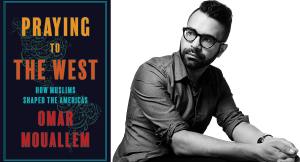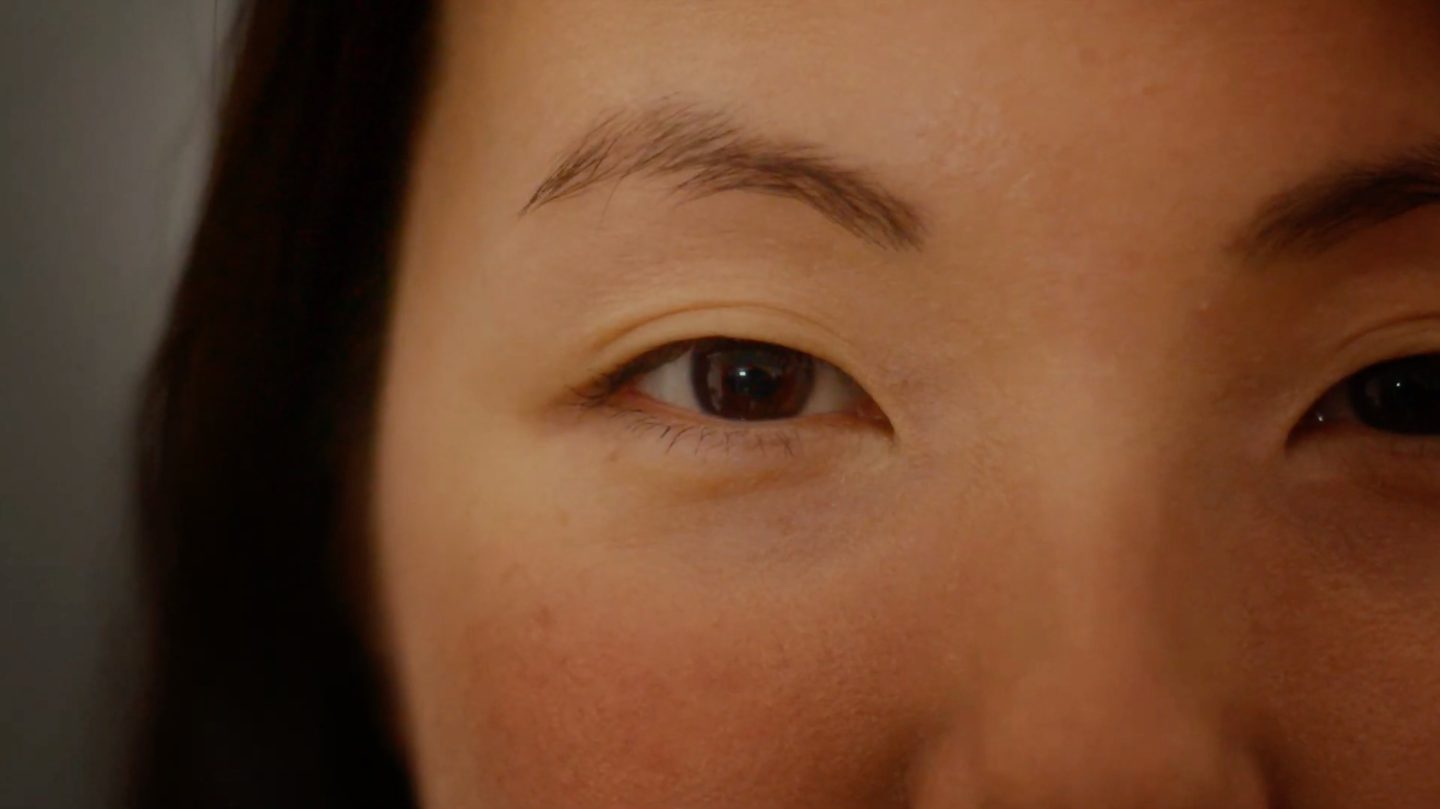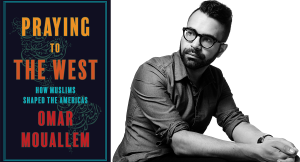
History
50 years of multiculturalism: Being Muslim in Canada
Omar Mouallem, author of Praying to the West: How Muslims Shaped the Americas, looks at why an unshakeable faith in Canada’s multiculturalism project — common amongst the generation of Muslim immigrants who arrived in the ’70s — is not always shared by those who have migrated in the last 20 years, and is rarely felt by their children
- 1466 words
- 6 minutes








